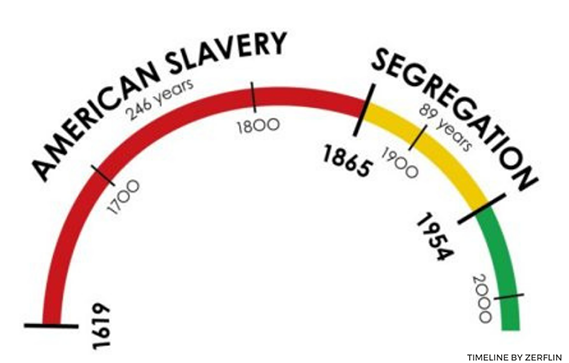February is here, so the Black History Month ornaments are everywhere. Company statements on websites affirming their commitment to celebrating Black history. The Black History Month assignments where students have to select an inspiring Black person from “the list” and do “the report,” the best of which get read at “the program.” The endless name-checking of Martin and Rosa. Voicemail messages left for community activists asking them to speak at the school’s Black History Month program. The morning announcements or news features that present the dead-Black-person-a-day profiles. Black History Month sales. Sales!
These examples of how to celebrate, honor, and teach Black history were likely not what Carter G. Woodson imagined when he launched Negro History Week in 1926. Already a Harvard doctorate — the second Black person after W.E.B. DuBois — he created the Association for the Study of Negro Life and History in 1915, after the American Historical Association wouldn’t even allow him, a member, to attend its conferences. About Negro History Week, the precursor to Black History Month that started in 1970, Woodson said:
It is not so much a Negro History Week as it is a History Week. We should emphasise not Negro History, but the Negro in History. What we need is not a history of selected races or nations, but the history of the world void of national bias, race hate, and religious prejudice (Hughes-Warrington, 2000).*
We are presented with the rich opportunity to continue Dr. Woodson’s work every day, and we can start this year. We no longer have to limit our study of Black history to the shortest month of the year. Dr. Woodson had little choice in 1926; nearly 100 years later, we can do better. Let’s use February as the kickoff to the year-round study of Black history, of the Black person in history. That will give us more time to celebrate the extraordinary accomplishments of people in history who started their lives in this nation as enslaved people brought here in chains; the early generations of Black people born free, yet limited by and united against segregation; and the Black people who make history now, each day, in defiance of less visible barriers — prejudice, disenfranchisement, indifference, and systemic racism.
History has no set course, and it often seems much longer than it is. The virtual youth of the free Black experience in America is a daily reminder that we are less than seventy years from the official end of segregation. For Black people, it may sometimes feel as though a step forward is really two steps backward. Still, if we all rally around celebrating Black people and the Black experience in history, we’ll have to agree that Black people have a lot to celebrate. And it’s going to take longer than a month.
Blog by Nataki Gregory, Ed.D., CEO of CT3
Here are some resources to help you celebrate Black History Month all year in the classroom:
*Hughes-Warrington, Marnie (2000). Fifty Key Thinkers on History. London: Routledge. ISBN 0-415-16982-8.
Check out CT3 Education programs such as No-Nonsense Nurturer, Real Time Teacher Coaching, and Real Time Leadership Coaching to find out more about Professional Development for Teachers and Leaders, classroom management strategies, and building relationships with students and their families, and properly addressing important issues in the classroom and school.
Category: Anti-Racism, Change, Leadership


